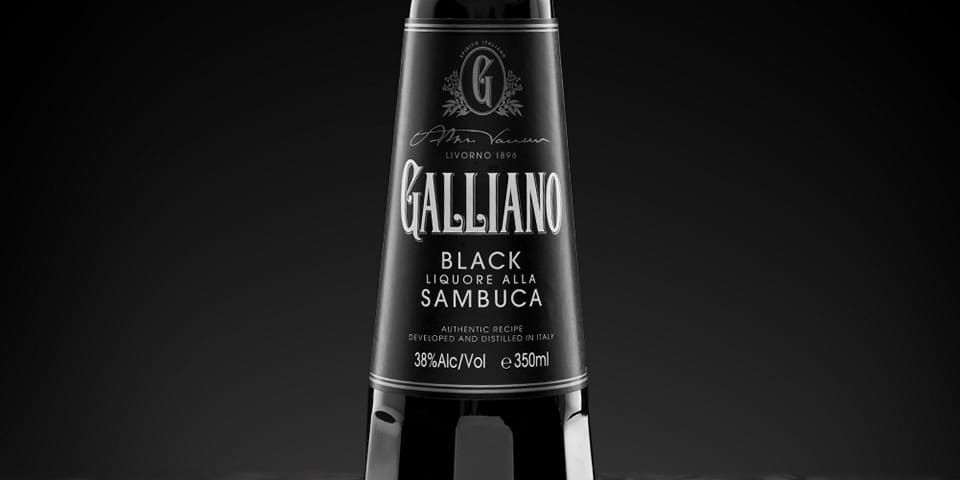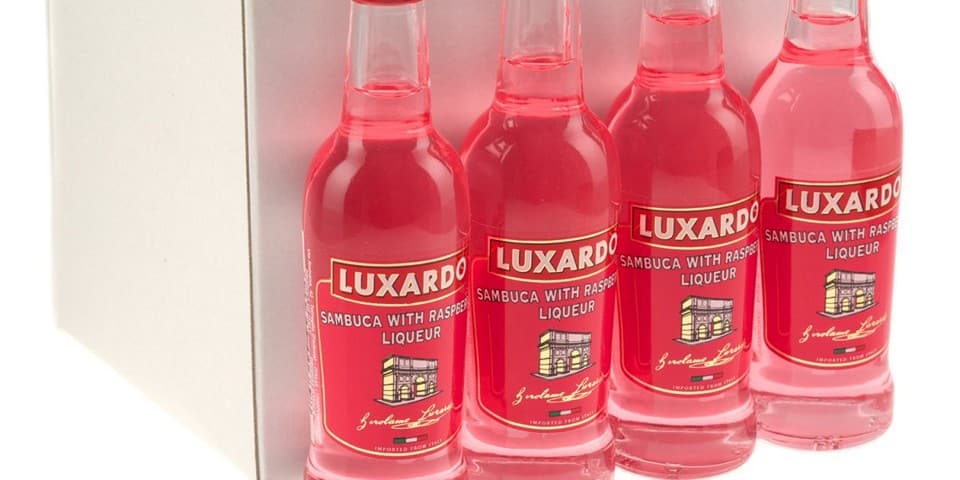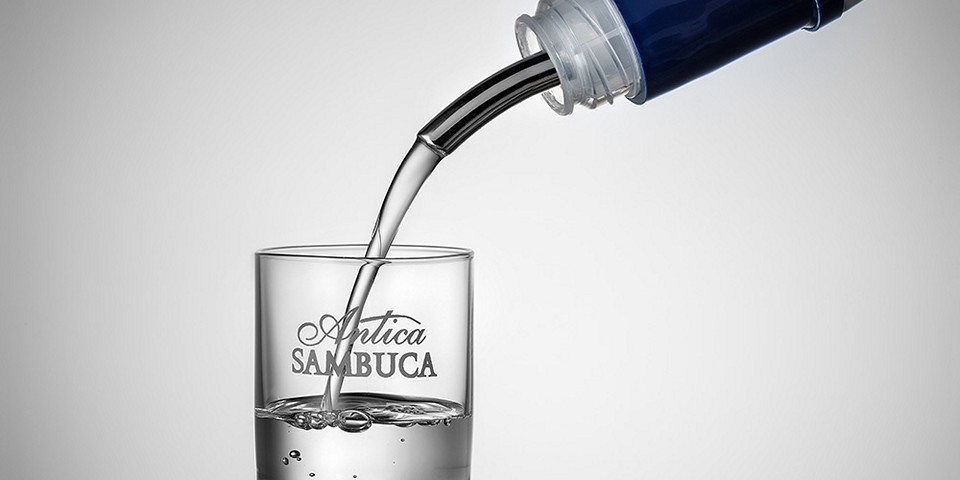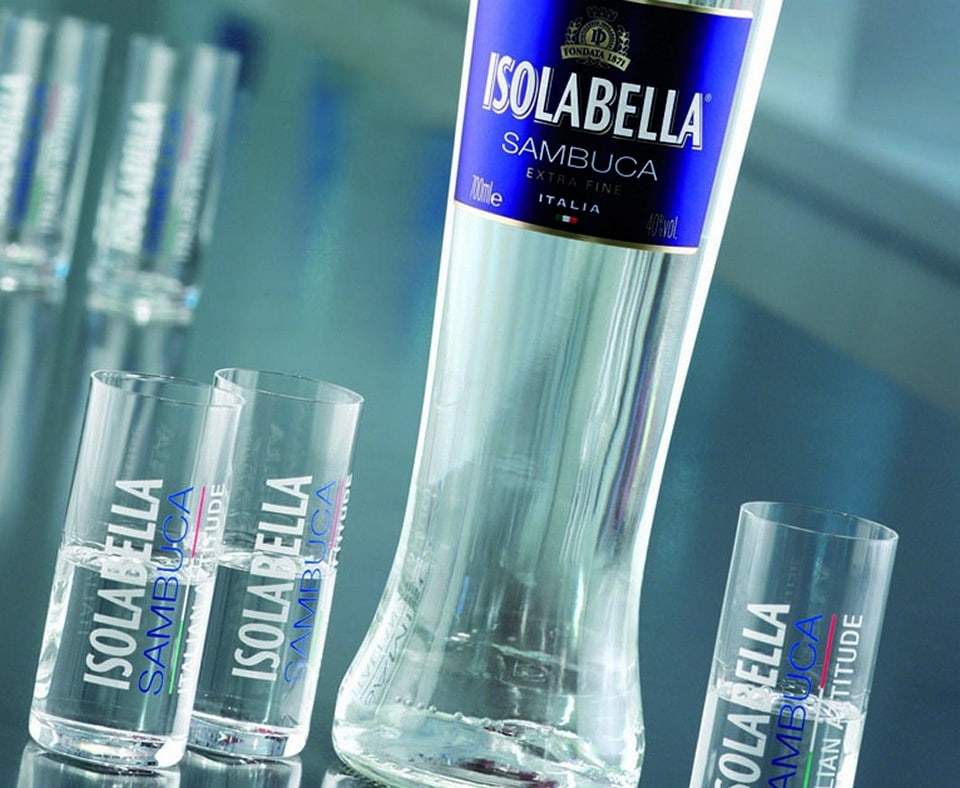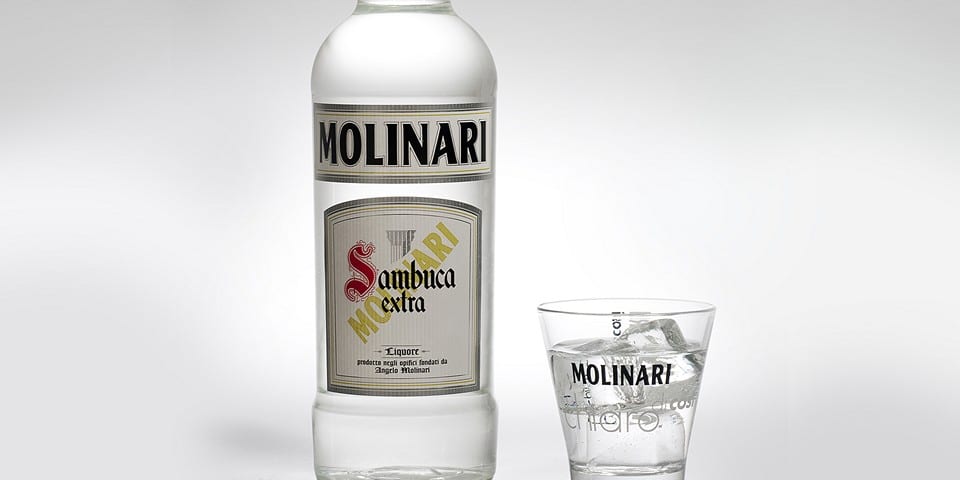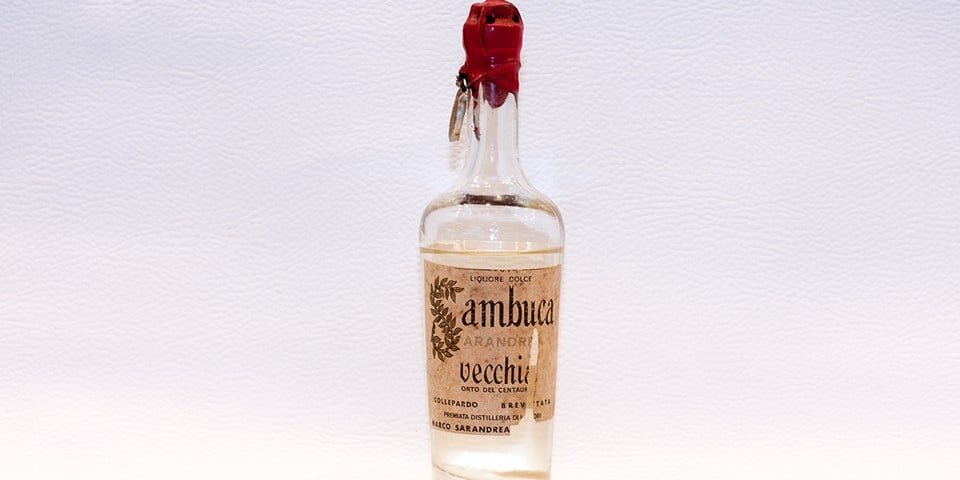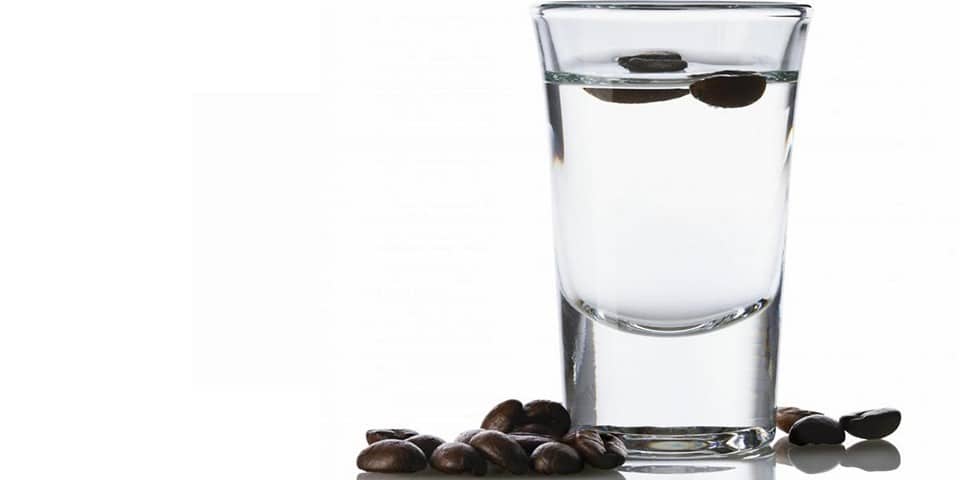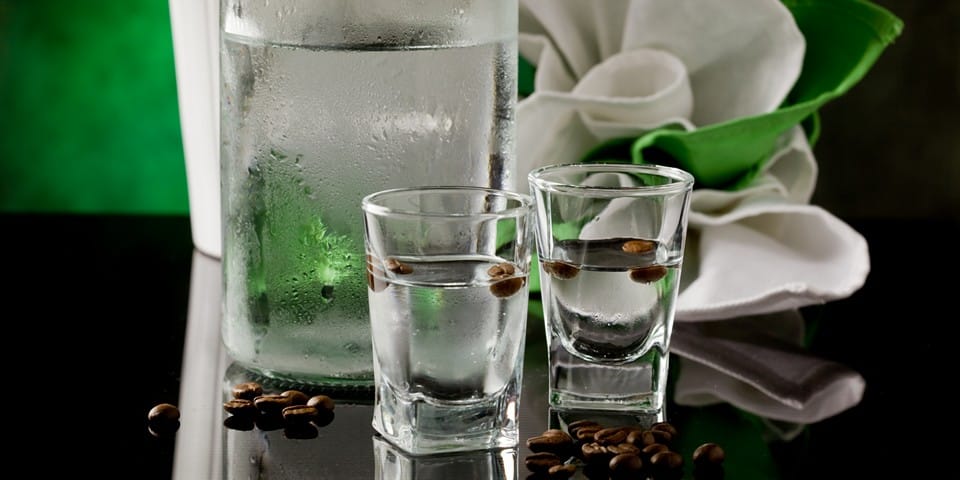Any person who has been to a café or bar at least once in their life surely knows about Sambuca. It is a famous Italian liqueur infused with anise, which gives it a strong aroma. It has no equal among alcoholic beverages in terms of the number of tasting methods.
The only downside is that due to Sambuca’s wide popularity, some dishonest producers sell, at best, liqueurs based on it. To avoid falling for marketing tricks, one needs to know as much as possible about this renowned drink. And we kindly present you with all the essential information.
Page Contents
History
The history of Sambuca dates back over 100 years. It was first released in the late 19th century in the town of Civitavecchia by Luigi Manzi, and later, Angelo Molinari took over and brought its production to a global level.
The first recipe for the liqueur was developed in 1851.
Luigi Manzi described his product as “a fine anise vodka that is good for the stomach after a meal.”
There are many legends surrounding the drink. One of them states that the Manzi distillery was located near a temple where Luigi made a hole in the floor to hide smuggled alcohol. This helped him produce large volumes of the liqueur at reasonable prices. Hence, the belief that the term “Sambuca” comes from the phrase “santa buca,” meaning “holy hole.”
Another version associates the name of the drink with the elderberry plant (Sambúcus), which is one of the ingredients of the liqueur. Some researchers consider this unlikely. They argue that elderberry wine was once used in medicine as a mild diuretic, but it had no connection to the taste or aroma of the liqueur.
The third and least plausible theory suggests that Sambuca came to Italy from the East. Arabs prepared a beverage called “zammut” with an anise flavor. The similarity in names contributed to the emergence of this opinion.
During the period before World War II, Sambuca was only sold in certain regions of Italy. After 1945, Angelo Molinari was entrusted with the production of the liqueur. The new owner expanded the market boundaries of the drink. To this day, “Molinari Sambuca” holds a prominent position among producers of strong anise-flavored digestifs.
What Kind of Beverage Is This
Sambuca is a sweet, anise-flavored liqueur, typically colorless. The original recipe for the drink includes alcohol, spring water, readily soluble sugars, various extracts of anise, and other herbs.
The foundation of Sambuca is composed of essential oils obtained through the distillation of star anise and fennel. These ingredients impart a strong anise aroma to the liqueur. Some varieties of Sambuca contain extracts of elderflower, peppermint, savory, gentian, and other botanicals.
It is known that certain aromatic substances are prepared through distillation, while others are obtained through maceration (soaking in alcohol). However, the exact recipe and ingredient proportions are kept secret by the producers.
The classic version of the drink is colorless and is referred to as “white Sambuca.” More recently, two additional variations of the liqueur have emerged: black Sambuca and red Sambuca.
Black Sambuca differs by the presence of licorice and molasses extracts, as well as a thicker consistency. Its color is ink-purple. It contains a higher sugar content to “mask” the high alcohol content, as the liqueur typically contains around 42% alcohol by volume.
Red Sambuca is a blend of the classic liqueur with extracts of berries and fruits. It is produced by a small number of factories, making this version quite rare and distinguished among its counterparts with a high price.
Based on anise, there are many alcoholic beverages in different countries. For example, in France and Switzerland, you will come across Absinthe, in Turkey – Raki, and in Greece – Uzo.
Top Brands
According to the regulations of the European Union 110-2008, a drink called “Sambuca” must meet certain characteristics. In the European market, especially in the United Kingdom, approximately 9 million bottles of Sambuca liqueur are sold each year, which do not comply with the requirements and contradict the legislation.
Let us present to you a list of the best beverages from various manufacturers.
Antica
Sambuca Antica – a classic transparent liqueur from the eponymous company. It has a harmonious, sweet taste with a hint of slight acidity. The drink has a rich anise aroma and contains coriander, rose, iris, orange, and various herbs. It has an alcohol content of 38%.
Borghetti
Sambuca Borghetti – a colorless beverage with a smooth anise flavor, produced by Branca Distillerie. It possesses an intense aroma of anise and magnolia. The sugar content is around 30 g/L, and the alcohol content is 38%.
Colazingari
Sambuca Colazingari is one of the oldest beverages produced by the Colazingari company. It is a sweet yet dry liqueur with a strong but delicate aroma of anise. It contains 40% alcohol by volume.
Luxardo
Sambuca Luxardo is a strong liqueur from the renowned Italian company Luxardo, founded in 1821. The liqueur is crystal clear with a powerful and harmonious taste and a lingering anise aftertaste. It contains 38% alcohol by volume.
Isolabella
Sambuca Isolabella is the creation of the Illva Saronno company. It is a colorless liqueur with a pleasant velvety taste. It has a rich aroma with notes of anise, star anise, and elderflower. It contains 40% alcohol by volume.
Manzi
Sambuca Manzi is an original beverage with a taste that has lasted for over 165 years. The liqueur is transparent, not overly sweet, and has a pleasant anise aroma. It contains 42% alcohol by volume.
Molinari Extra
Sambuca Molinari Extra is a beverage that accounts for 70% of anise liqueur sales in Italy. It is colorless with a sweet taste and an aroma of anise and Italian herbs. It contains 42% alcohol by volume.
Ramazzotti
Sambuca Ramazzotti is a strong drink from the Pernod Ricard company. It is a colorless liqueur with a slightly sweet and bitter taste, complemented by notes of orange. It contains 38% alcohol by volume.
Vecchia Sarandrea
Sambuca Vecchia Sarandrea is a transparent beverage produced by Sarandrea Marco & C. It is a liqueur based on distillate of elderflower blossoms and infusions of various types of anise. It has a smooth taste and a rich, fragrant aroma. Vecchia translates to “old,” indicating the age of the recipe rather than the drink. It contains 42% alcohol by volume.
Toschi
Sambuca Stella d’Italia, produced by Toschi, is a colorless liqueur. It has a soft, slightly sweet taste and a long aftertaste. The aroma contains notes of anise and aromatic herbs. It contains 40% alcohol by volume.
Of course, the list of companies producing quality Sambuca can be extended further. Here, we have presented the beverages that can be found on domestic shelves. By choosing Sambuca from these brands, you will never go wrong.
How to Properly Drink Sambuca
In Italy, Sambuca is often consumed on its own as a digestif after dinner, preferably chilled. However, that is not the only way to enjoy it. Frankly speaking, some methods of drinking Sambuca can be quite puzzling.
- Traditionally, Italians serve Sambuca with three coffee beans, symbolizing wishes for wealth, health, and happiness. This method is called “con mosca,” which literally translates to “with flies” (due to visual similarity). Coffee wonderfully complements the taste of the chilled drink, which is typically cooled to 6-8 degrees Celsius (43-46 degrees Fahrenheit). Additionally, Sambuca can be added to espresso in a 1:4 ratio. In this case, the liqueur acts as an invigorating component, replacing sugar.
- One variation, called Flambé, involves igniting Sambuca poured into a glass up to the brim. The flame is extinguished by covering the glass with the palm of the hand, and then the hand is gently shaken before drinking the Sambuca in one gulp.
- In the post-Soviet countries, the consumption of flaming Sambuca is already considered an art form. For example, a particularly impressive method involves using two glasses. Sambuca is ignited in one glass and swirled around for about a minute, and then the liqueur is poured into the other glass. The first glass is placed on a saucer with a napkin, into which a straw is inserted. The Sambuca is consumed, followed by inhaling the vapors through the straw and chewing on the coffee beans.
- It’s hard to believe, but in the most unusual case, the liqueur is ignited directly in the customer’s mouth. This procedure requires courage on the part of the taster, as well as professionalism from the bartender and approval from the establishment.
- Another surprising yet gentle variation is to chase Sambuca with cold milk.
Cocktails
You can’t overlook such a popular way of “disposing” of a beverage as making cocktails. Sambuca is used as an original ingredient or as a substitute for stronger spirits in recipes (such as rum or vodka).
Among the thousands of sambuca cocktails, the following can be highlighted:
Hiroshima – the most famous sambuca cocktail. It resembles a nuclear explosion not only in appearance but also in the effect it has on the body due to its high alcohol content. Its ingredients include: Sambuca – 1 part, Absinthe – 1 part, Baileys – 1 part, grenadine syrup – ¼ part. The syrup forms the first layer, followed by sambuca, baileys, and the composition is completed with absinthe.
Brain Tumor – a cocktail born in America at the hands of a bored bartender who mixed all the remaining drinks after a long day’s work. It contains: peach liqueur or Bianco Martini – 2 parts, Baileys – 1 part, Grenadine syrup – 1 ½ parts, Sambuca – 1 part. The components are poured into a glass in the listed order.
Liquid Nitrogen – a relatively light cocktail with a creamy flavor. Its ingredients include: Sambuca – 40 ml, coconut milk – 30 ml, vanilla ice cream – 50 g. The ice cream is melted and poured into a shaker together with sambuca and coconut milk. The contents are mixed well and placed in the refrigerator for 20 minutes in a tall tumbler.
Cocoon – a variation of enjoying sambuca with carbonated beverages. It contains: Sambuca – 1 part, Coca-Cola – 3 parts, lemon juice – ½ part. All the components are poured into a tumbler with ice and stirred. This cocktail is typically consumed using a straw.
Regardless of how appealing the ways of consuming sambuca may be, it is important to remember that it is a rather strong alcoholic beverage. The European Food and Drug Administration (FDA) recommends consuming no more than 30 ml of alcohol per day. Additionally, the liqueur contains sugar and should be consumed with caution by individuals with diabetes.
Homemade Recipe
The recipe for homemade sambuca is quite simple. However, it should be noted that the homemade version is more accurately referred to as “Anise Liqueur” since the exact recipe is known only to the manufacturers. To prepare 1 liter of the beverage, you will need just 15 minutes of preparation time and 2 months of waiting.
Required Ingredients:
- 500 ml of 95% ethanol (grain alcohol);
- 500 ml of water;
- 300 g of sugar;
- 40 g of anise;
- 1 cinnamon stick;
- 3 cloves;
- Zest of half a lemon.
In a glass container with a tight lid, pour the alcohol and add the anise, cinnamon, cloves, and lemon zest. Close tightly and let it infuse for 30 days in a dark and cool place, protected from light. Shake the contents occasionally.
After the infusion period, strain the mixture through cheesecloth and prepare the syrup. In a saucepan, combine the sugar and water, and heat for about 5 minutes over high heat until the sugar is completely dissolved. Do not let it boil. Mix the cooled sugar syrup with the infused mixture, pour it into bottles, and let it rest for an additional 30 days for a more intense flavor. The homemade anise liqueur, known as “Homemade Sambuca,” is ready to be enjoyed.
Price
In Italy, the price of sambuca can range from 9 to 40 Euros per 1 liter of the beverage. The price depends on both the manufacturer and the seller.
As we conclude our overview of sambuca at the height of its information, live a healthy life, love passionately, travel soberly, and remember: “Put out sambuca before the fire, and send it to your mouth for a striking experience!”
Interesting Facts
- Sambuca, a popular Italian liqueur, traces its origins back to the late 1800s when Luigi Manzi created the first commercial version in Civitavecchia, Italy.
- The name “Sambuca” is derived from the Latin word “sambucus,” which means elderberry. Traditionally, Sambuca was flavored with elderberries, but modern versions use anise as the primary flavoring ingredient.
- One fascinating aspect of Sambuca is the ritual of serving it with three coffee beans floating on top. This tradition symbolizes health, happiness, and prosperity and is said to bring good luck to the drinker.
- Sambuca is known for its unique licorice flavor and smooth, sweet taste. It is often enjoyed as a digestif or used as an ingredient in cocktails, such as the famous Sambuca Espresso Martini.
- The alcohol content of Sambuca typically ranges between 38% and 42%, making it a strong liqueur. It is often consumed by sipping it neat, with or without ice, or used to enhance the flavors of coffee and desserts.
- In some regions of Italy, particularly Calabria and Sicily, Sambuca is enjoyed in a traditional manner called “con la mosca,” meaning “with the fly.” This involves igniting the Sambuca and allowing the flames to caramelize three coffee beans before extinguishing them in the glass.
- Sambuca gained international recognition in the 1980s when it became a popular choice for the flaming shot known as the “Sambuca burn.” This trend led to creative experimentation with Sambuca-based cocktails and a rise in its global popularity as a versatile and flavorful liqueur.
 Italy for me From Italy with love
Italy for me From Italy with love



